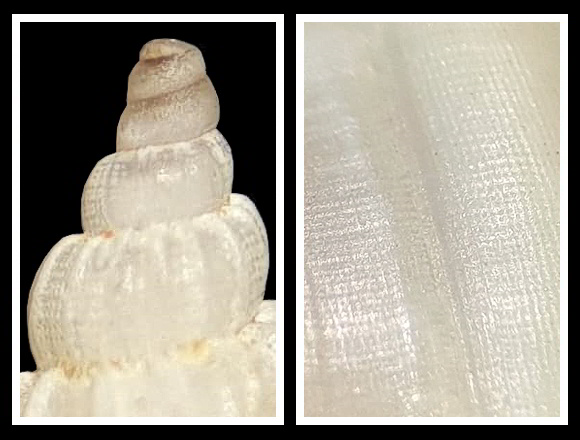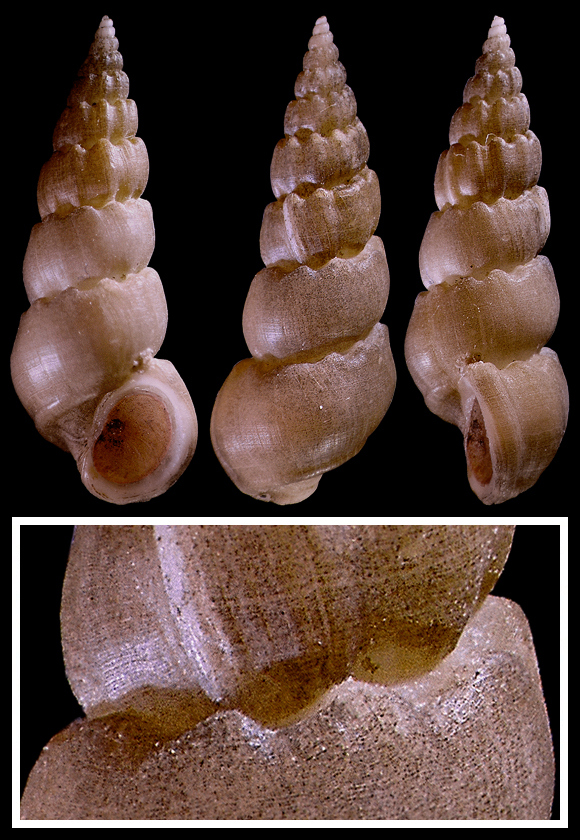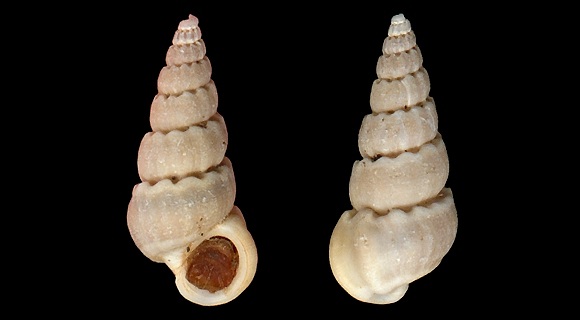
Original taxon: Turbo crenatus.
Guilas, Cartagena, Murcia, S. Spain. 17mm.
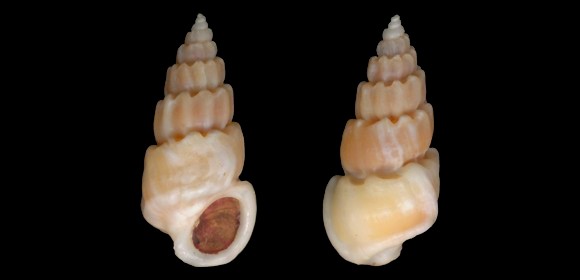
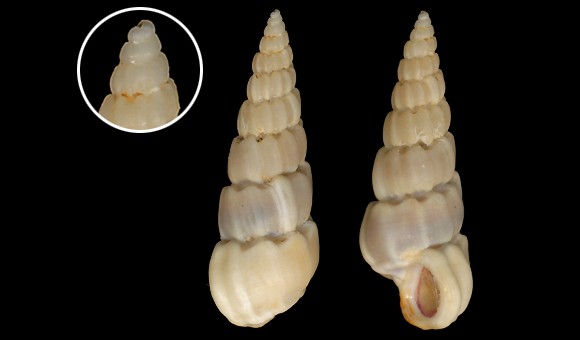
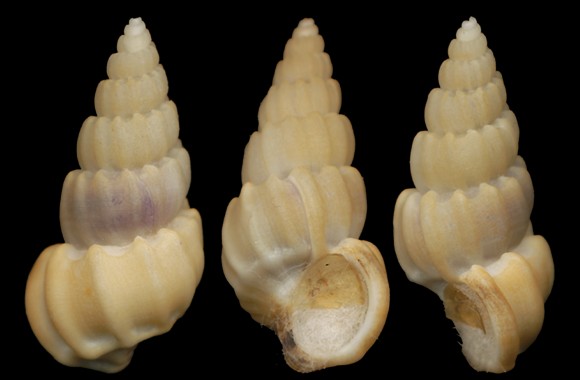
The shape, rather different from most of the mediterranean specimens, the sculpture often well marked in the area, lead some authors to think that this was actually an other species, named crenulata by L. C. Kiener. For example, as a differential diagnosis: « This species is also much broader than the Mediterranean species S. crenata. » – O. A. L. Mörch: A descriptive catalogue of the Scalidae of the West India Islands, Philadelphia 1876, p.22.
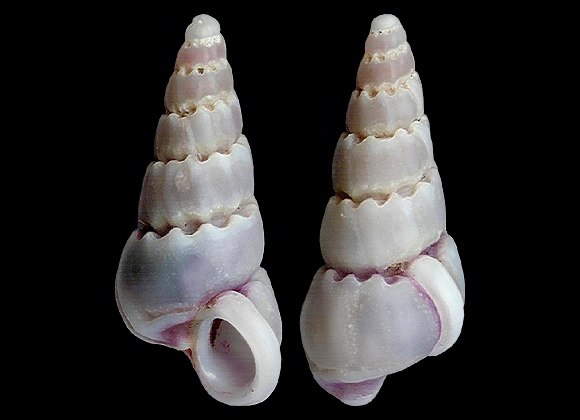
« Shell attenuated, imperforate and moderately sculptured. Whorls 10, moderately convex, well shouldered and joined. Color a uniform grayish-white. Suture deep, aperture subcircular to ovate and oblique. Lip thickened. Columella short and arched. Axial sculpture consisting of rather numerous costae (11 on the body whorl) which may be strongly developed or nearly absent. These terminate above as a series of rounded points which rise above the suture and are generally impressed upon the whorl above. The canal thus formed consists of a series of rather deep pits between these pointed costae. There is generally a very well developed rounded basal ridge. Generally the costae are not formed below the basal ridge and there may be a fairly deep channel below the ridge which outlines the umbilical area. […] Microscopic sculpture consists of an exceedingly fine pitted surface. It appears to be equally well developed both on the costae and in the spaces between them. » – Clench & Turner: “The Genera Sthenorytis, Cirsotrema, Acirsa, Opalia and Amaea in the Western Atlantic”, Johnsonia vol. II num.29, Cambridge 1950, p.233.
Beachstormed, Cap d’Agde, Hérault, S. France. 19,5mm.
The purple shade seems secreted by the animal.
Original pictures provided by R. Huet (FR) for AnimalBase.
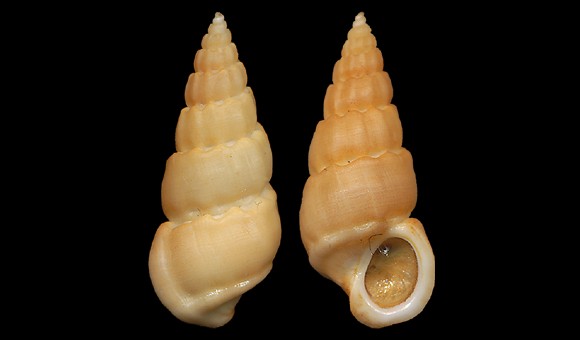
Clench & Turner: « We can detect no differences in the characters exhibited by specimens from the West Indies and those from Europe and Africa. Most of the characters possessed by this species are quite variable, particularly in the development of the axial costae and the basal ridge. The basal ridge may exist as a mere terminating point for the costae or as a rather deep spiral groove below which is defined a well rounded ridge. The costae may be produced as low flattened ribs terminating as sutural crenulations or exist only as crenulations at the suture. Very occasionally a varix is produced. »
1m deep, in sand with anemone, Mijas, Málaga. 16,5mm.
